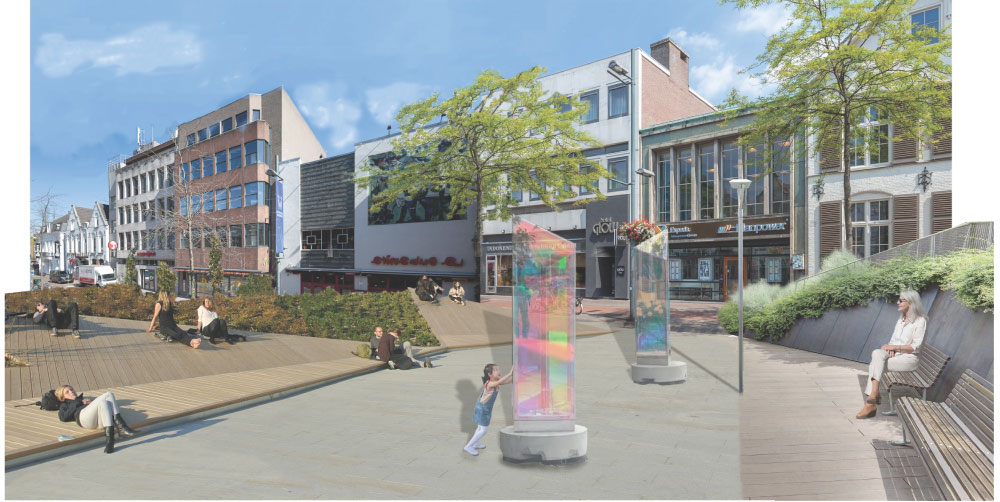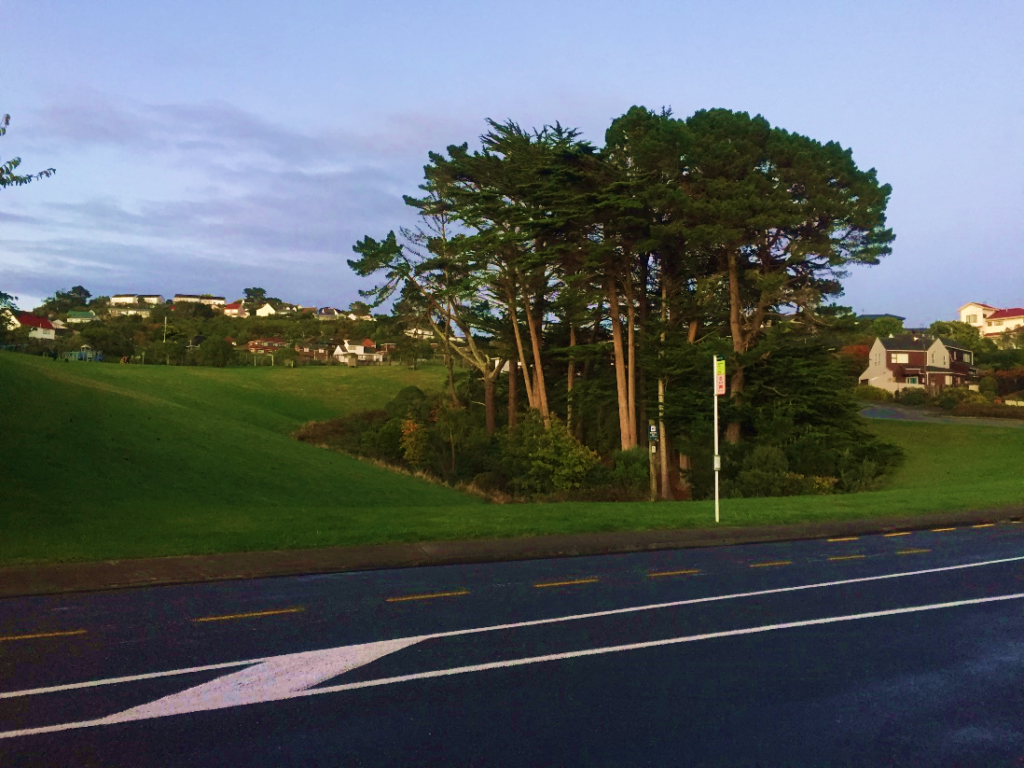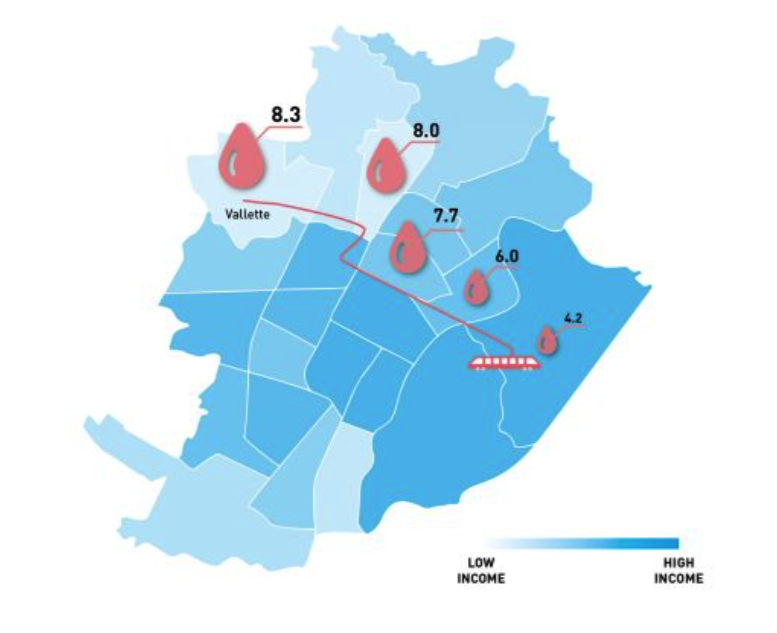City Know-hows

Poorly designed neighbourhood outdoor spaces can harm citizens’ mental health, such as presenting them with information overload, crowding or low exposure to nature. Our research explored which design elements can support urban designers in designing neighbourhood outdoor spaces that can reduce stress and attention fatigue and improve the mental health of all citizens.
Share
Target audience
Urban designers and policymakers for city and town planning and development.
The problem
As our cities grow, we see a rise in citizens dealing with stress-related mental health issues. As researchers, we are gradually discovering that neighbourhood outdoor spaces can reduce stress and improve mental health. However, simply acknowledging the potential of neighbourhood outdoor spaces for better mental health is insufficient information for designers. To design neighbourhood outdoor spaces that improve mental health by reducing stress and attention fatigue, designers need to know which spatial elements play a role in this process. Unfortunately, this knowledge is currently scattered across different fields of research, and it is unclear how designers can use it in design practice.
What we did and why
We performed a literature review. Sixty-two studies were critically evaluated to identify restorative spatial characteristics of neighbourhood outdoor spaces. Furthermore, the applicability of the current literature in design practice was critically reflected upon, and options were given to guide future research and design practice.
Our study’s contribution
In our study, we found 32 restorative spatial elements of neighbourhood outdoor spaces that can be applied in design practice to improve the mental health of all citizens.
Although more research is needed into the applicability of the currently available information in real-life settings and for a variety of participant groups, our study is an initial guide some aspects of designing healthy neighbourhoods.
Impacts for city policy and practice
This study can be used as an initial guideline for urban designers and policymakers to design neighbourhood outdoor spaces that improve the mental health of citizens. Ideally, more research can be done in the future that includes various demographic groups, such as senior citizens, so that neighbourhood outdoor spaces are designed for all.
Further information
Designing neighbourhoods to promote mental health and self-reliance: Project website
Full research article:
The design of neighbourhood open spaces to improve mental health: a critical review of restorative spatial characteristics and their applicability in design practice by Anne Grave, Louis Neven and Masi Mohammadi.
Related posts

By reviewing the studies on the cities in the early months of the COVID-19 outbreak, we could develop a promising perspective for identifying solutions during future similar pandemics.

Implementing community participation in planning of public open spaces is one of the most useful and effective means to encourage a higher sense of community.

From data to policies: let the data speak! Making local policies more evidence- informed about health and health inequalities. Developing a community engagement toolkit to address health inequalities in urban settings.